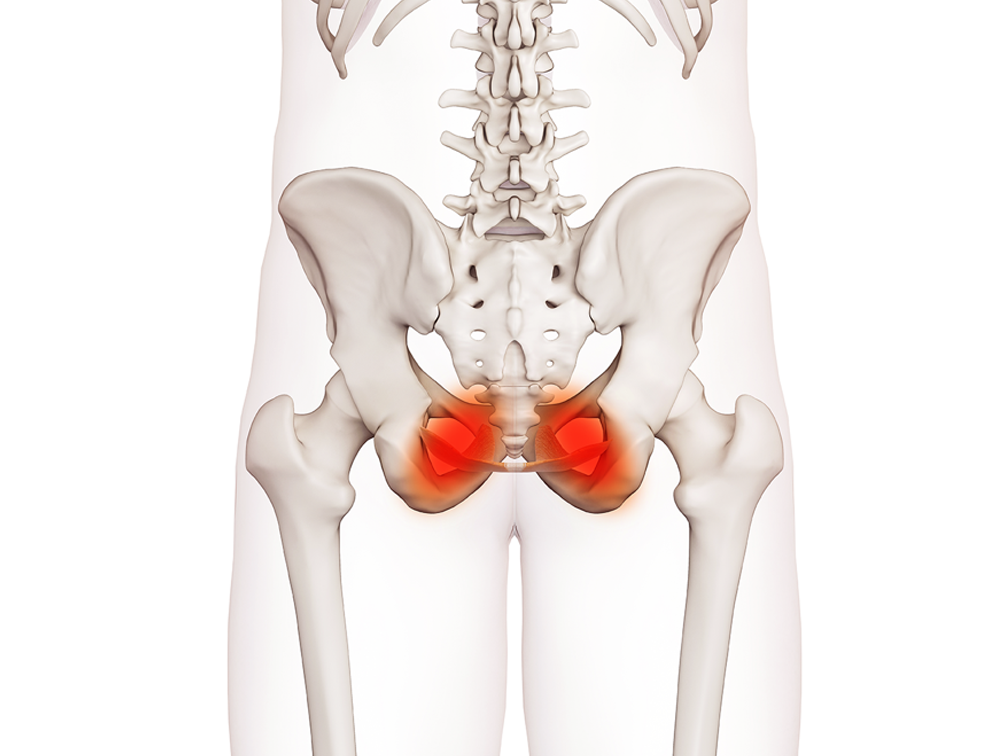Muscle pain in the Pelvis is called Pelvic Floor Muscle Dysfunction. The muscles of the pelvic floor are tense and painful and can often decrease the blood flow to the nerves in the pelvis which can cause nerve pain. There are often “trigger points” within the pelvic floor muscles. A trigger point in a muscle is a palpable knot where the components of the muscle tissue are disorganized and in disarray and they cause radiating pain throughout the pelvis. Pelvic floor muscle dysfunction can alternate a patient’s biomechanics and cause pain in the joints of the pelvis. The joints of the pelvis include the Sacroiliac Joint, Pubic Symphysis and Hip Joints. In patients with pelvic floor muscle dysfunction there is often concomitant ligamentous strain and irritation. A ligament is where muscle attaches to bone.
Symptoms
Common associated symptoms of pelvic floor muscle dysfunction are:
- Urinary frequency
- Constipation
- Pain with intercourse
- Pain with orgasm
- Pain with ejaculation
- Burning sensation in the vestibular area
Causes
Pelvic floor muscle dysfunction may exist on its own as the primary cause of a patients pain, or it may be secondary to a gynecological, genitourinary, colorectal or gastrointestinal issue. Oftentimes, the pelvic pain remains after treating the gynecological, genitourinary, colorectal, or gastrointestinal issue if the muscles, nerves and joints of the pelvis are not addressed.
Treatments
- Trigger Point Injections into Pelvic Floor Muscles in Men and Women
- Nerve Blocks
- Sacroiliac Joint Injections
- Prolotherapy
- Pubic Symphysis Injections
- Hip Injections
- Botox in to Pelvic Floor Muscles
- PRP


